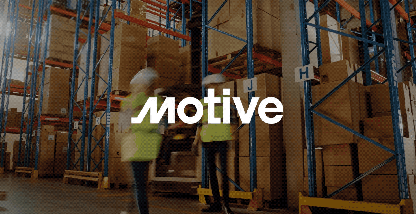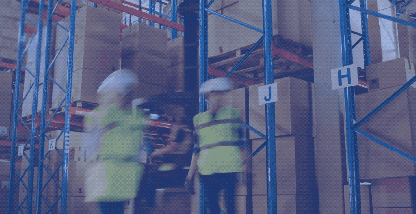As we reflect on the dynamic landscape of the logistics and supply chain industry in 2023 and look forward to the challenges and opportunities of 2024, Motive co-founder and CEO, Shoaib Makani, shares key trends on the supply chain, logistics, and artificial intelligence that will shape the industry in the coming year. From global production shifts to the integration of AI and IoT and an increase in AI benchmarking, Makani’s insights provide an overview of what lies ahead for business leaders navigating the complexities of the physical economy. Here’s what he had to say:
- Mexico’s growth will continue: The trend of moving production away from China is set to gain momentum in 2024, with a focus on both offshoring and onshoring strategies. Companies are increasingly choosing geographies like Mexico as a production hub, leading to a surge in freight flow from the country. This trend is driven by a growing demand for locally manufactured goods and a strategic shift in the supply chain as a result of the pandemic and international tension.
- East to remain healthier than the West: The analysis of freight flows indicates a decline in volume from West Coast ports with a notable shift towards the East Coast. Adapting to these changing patterns will be essential for businesses in the upcoming year. Notably, in the second half of 2023, ports experienced a stronger return, similar to what we’ve observed in inventory imports.
- AI to ease supply chain security challenges: Freight theft continued to climb in the third quarter, with a 59% increase YoY across the United States and Canada, and tactics like strategic cargo theft up 430%. AI-powered asset tracking solutions are addressing these challenges by providing continuous visibility and monitoring to combat theft during transit.
- Deeper integration of AI and IoT in logistics: The integration of AI and IoT is becoming a focal point for the physical economy as hardware costs come down and computer vision models advance. AI adoption will accelerate in 2024 – from addressing labor shortages to boosting visibility and road safety. Think: monitoring cargo, detecting unsafe conditions around a vehicle, license plate reading in/out of locations, facial recognition of workers on site, etc., AI is becoming critically important for managing physical operations.
- AI benchmarking will become a key focus: Despite the upfront costs associated with AI investments, businesses are recognizing the long-term value and cost-effectiveness of AI-powered technologies. Benchmarking the quality and performance of AI technologies will be a significant trend in 2024 as everything around us is touting “AI-enabled.” It’s critically important to understand that not all AI is created equal. This matters more in physical industries where workers and the public’s lives are on the line. Benchmarking will need to become a stronger industry focus to determine real value and accuracy versus empty promises.
- Autonomous technology still a decade out: While the promise of fully autonomous vehicles may take a decade to materialize, advancements in AI technologies, such as Computer Vision and Generative AI, are improving safety in the present. We’ll see a shift toward AI as a copilot in 2024 versus AI as a replacement as many autonomous startups close up shop due to technology, risk, and regulation barriers while current AI camera solutions demonstrate real impact now.
As we head into 2024, these insights may serve as a roadmap for physical operations leaders navigating the evolving landscape of logistics and our complex supply chain. By staying attuned to these trends, you can position your business to harness opportunities and overcome challenges in the year ahead. Get in touch (or click here) if you’re interested in learning more.







